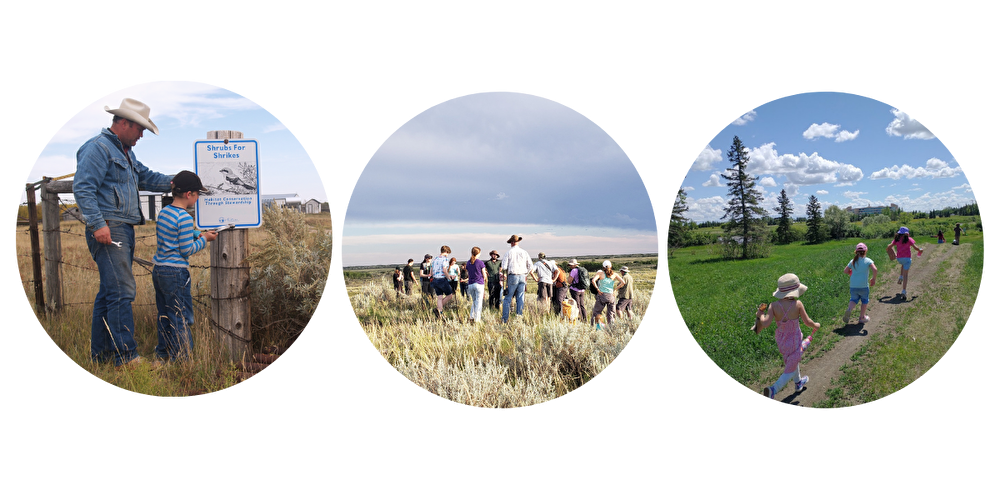What does Nature Saskatchewan do? That is a hard question to answer since we have programs for everyone, from elementary students to retirees, from Burrowing Owls to Monarch Butterflies!
Explore our pages to find the program you are looking for and if you don't find what you are looking for let us know, chances are we can help you out.

